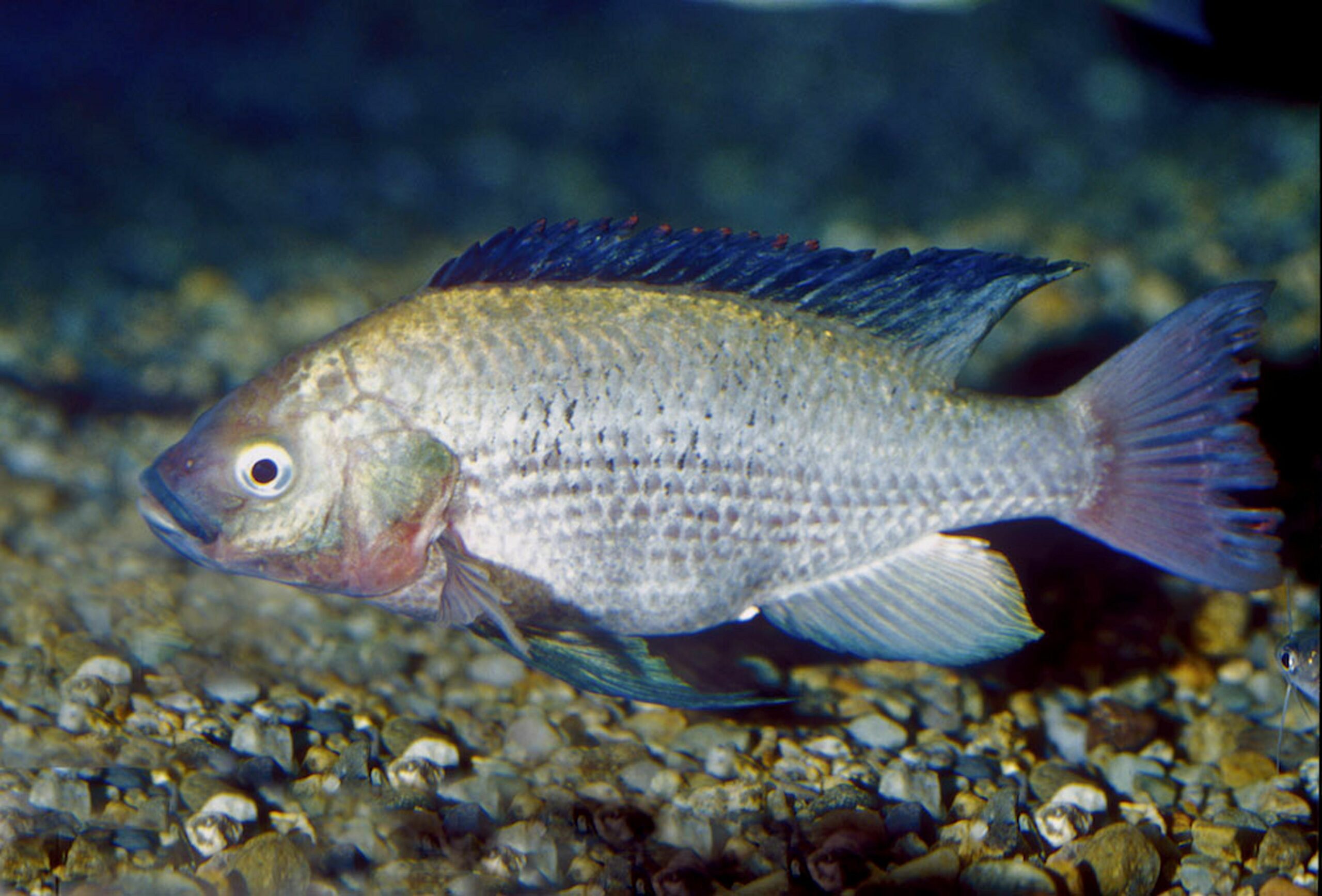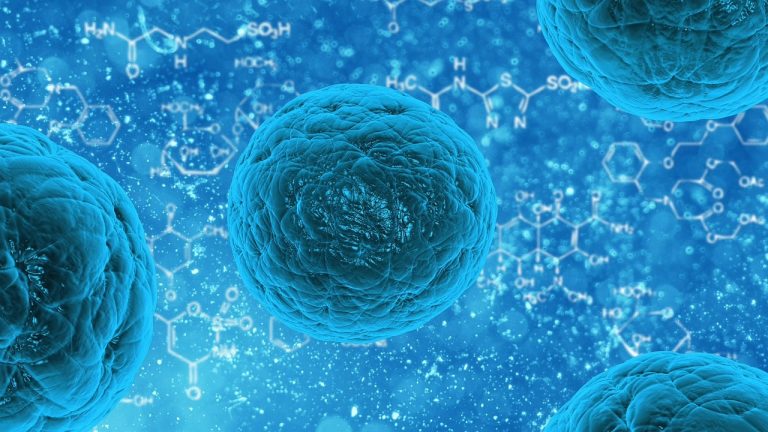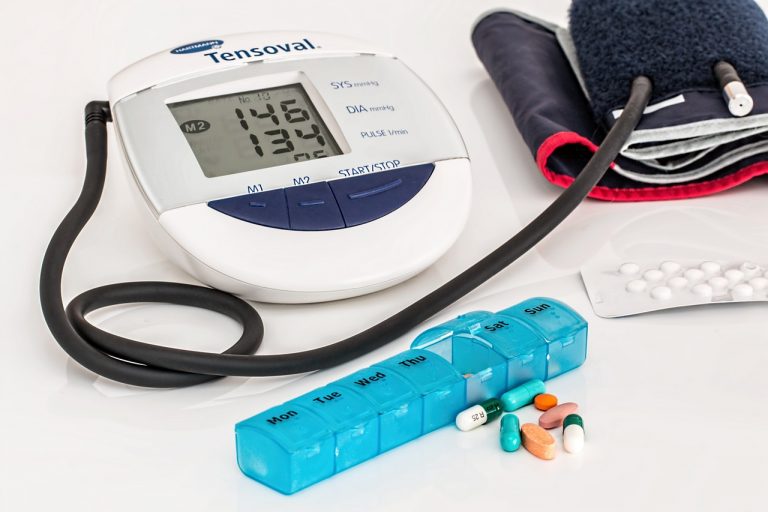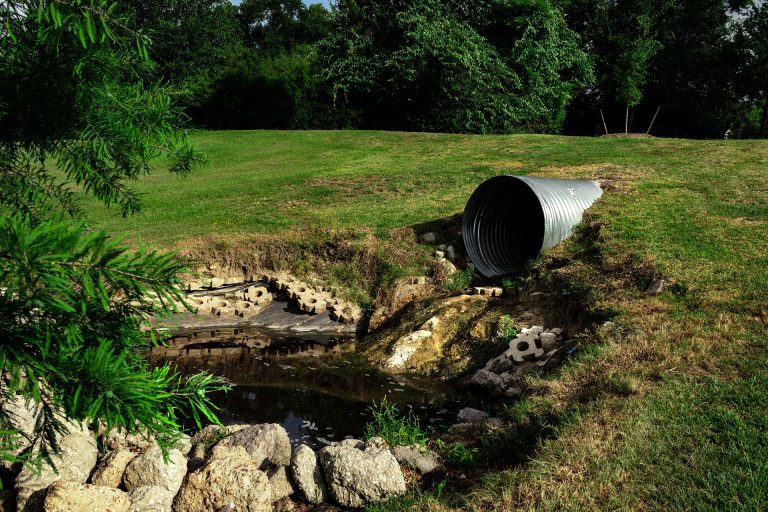UCT QuEChERS cited in Perfluoroalkyl Substances Paper
UCT has always been at the forefront of supporting environmental analysts in their testing of both endogenous and exogenous organic compounds in food and animal samples utilizing either solid phase extraction or the QuEChERS approach. In fact, UCT was the first company to commercialize QuEChERS materials for analytical testing for analytes such as Perfluoroalkyl substances (PFAS). PFAS have recently received increased research attention, particularly concerning aquatic organisms and in regions of exposure to Aqueous Film Forming Foams (AFFFs). Air Force bases historically applied AFFFs in the interest of fire training exercises and have since expressed concern for PFAS contamination in biota from water bodies surrounding former fire training areas.
In a paper recently published in Environmental Toxicology and Chemistry (DOI: 10.1002/etc.3726) by H.A. Lanza et al., (Texas Tech University, Lubbock, Texas, USA) six PFASs, including perfluorooctane sulfonate (PFOS), were extracted from whole fish composites via the QuEChERS approach using UCT kits. Briefly, composites were desiccated under laboratory fume hoods for approximately one week. The desiccated samples were then homogenized prior to being added to a polypropylene centrifuge tube containing 4:1 g MgSO4: NaCl [UCT]) and spiked with 100 ppb of a mixture of the three surrogate standards. Desiccation was important to remove variability in final, mass adjusted concentrations based on varying water mass within the samples. The fish samples were taken from eight bayou locations at Barksdale Air Force Base in Bossier City, Louisiana over the course of one year. The analytical focus was to evaluate temporal and spatial variability in PFAS concentrations from historic use of AFFF.
It was found that PFOS concentrations in fish tissues peaked in early summer, and also increased significantly downstream of former fire training areas. Benthic organisms had lower PFOS concentrations than pelagic species, contrary to previous literature observations. Bio-concentration factors varied with time, however were reduced as compared to previously reported literature values. It was observed that the highest concentration of PFOS in whole fish (9,349 ng/g dw), with 15% of samples exceeding what we believe to be the maximum whole fish concentration reported to date of 1,500 ng/g ww. Future studies to measure PFAS in larger fish and tissue specific partitioning data to compare to the current whole fish values are ongoing. The high concentrations observed presently could have effects for higher trophic level organisms in this system or potential risk to humans consuming. This article demonstrates why when environmental analysts require the finest of QuEChERS materials they turn to UCT in the first instance.






